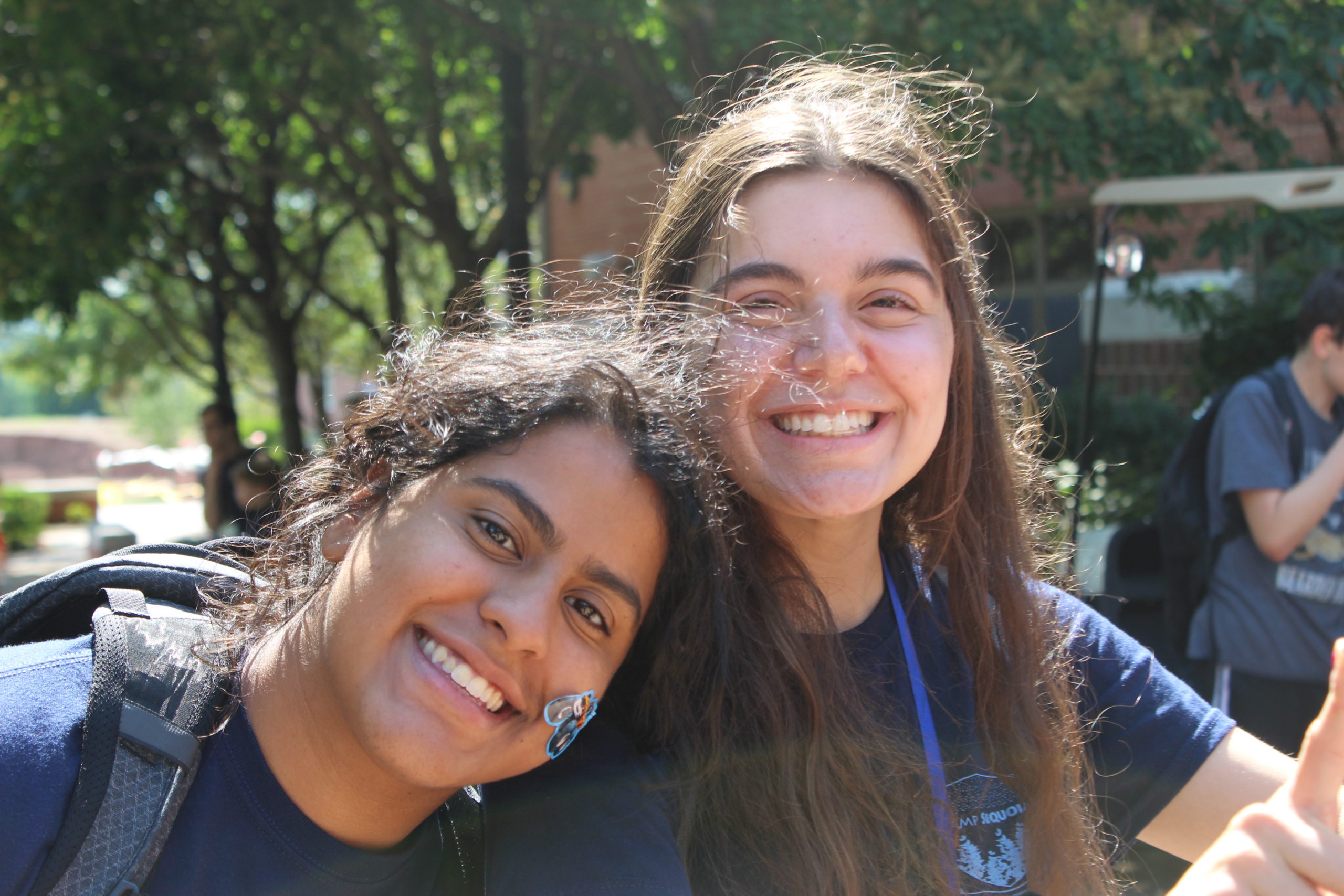

Why is it that women and girls with Attention Deficit Hyperactivity Disorder (ADHD) often struggle to develop and maintain healthy friendships? Individuals with ADHD often find their ADHD interferes with relationships in their lives. Compared to their male counterparts, girls often care more about friendships, and not having friendships can have a greater impact on their self-esteem. Youth sometimes perceive relationships with online friends or acquaintances as friends. However, as noted in this study, adolescent girls with ADHD have few peers of the same age and not all of their perceived friendships are corroborated by parents.
Looking at how some of the symptoms and traits of ADHD impact relationships helps to give a clearer picture of how ADHD truly impacts friendships:
- Impulsivity: Blurting out what’s on your mind without thinking of the consequences can put a strain on friendships. As youth transition into adolescence, peers are often less tolerant of this behavior. What might be meant as a joke, might not be taken the right way. For girls with ADHD, this can be difficult as they often also struggle to interpret facial expressions and nonverbal cues.
- Inattention- Individuals with ADHD may struggle with maintaining eye contact and listening closely. When a peer is talking about their parents’ recent divorce, they expect a friend to listen and respond with compassion. Youth and adults with ADHD are very capable of empathy and compassion but sometimes it can be hard to see that if they are “spacing out” or fixated on something else.
- Distraction & Time Management: Suzy agreed to meet a friend for dinner at 6 o’clock and felt like she had plenty of time to get ready. However, like many with ADHD she struggles with anticipating how much time something will take. After calling a friend for an hour, she didn’t think about the time it would take to shower, pick out an outfit, and then drive to dinner. Meanwhile, she lost her keys and arrives to dinner twenty minutes late. This can certainly put a strain on friendships as peers don’t feel like their time is valued or respected. Girls with ADHD don’t always recognize the negative impact this has on their friendships and relationships.
- Disorganization: Forgetting to bring home a homework folder or waiting until the last moment to start a history paper can be trademark features of an ADHD student’s life. Although this is challenging for the student and often their family as well, it doesn’t typically impact their relationships with peers. However, when a student is required to participate in a group project it can be especially challenging as they require communication and punctuality with same-age peers.
How to Help
- Practice with younger peers and same age peers in smaller settings: As noted in this article, girls who struggle getting along with same-age peers often have an easier time engaging with younger peers. Intentionally providing time for girls to engage with slightly younger children can help to boost their confidence and self-esteem. This can also help to open a dialogue about comparing and contrasting how friendships are different with younger versus same age peers. As a LMSW and Behavior Specialist, our girls program director, Kristen Souva, runs small social groups for elementary youth. To the students, it looks and feels like a time to play games or build marshmallow towers with other kids. Beyond the surface level, educators and support staff intentionally help youth to work on skills like communication, making eye contact, and problem solving.
- Extracurricular activities that they’re passionate about: Athletics and physical activity can be an excellent space for girls with ADHD to form connections with peers in a structured and positive setting. For girls who aren’t interested in sports, finding their unique niche is important. As girls progress into middle and high school clubs and after school activities like Science Olympiad, theater, or visual arts can be a great way for kids to interact with peers who have similar interests and goals. At Sequoia’s Girls program, campers are given the opportunity to select the activities they want to participate in. The first week, campers typically choose activities they already enjoy or are interested in. During the second and third week, campers often ask their new friends what they’re signing up for. If Sara and Myra are both trying archery, Ella might want to try it with them. This is a great way for campers to practice maintaining friendships as well as trying activities outside of their comfort zone.
- Role Play & Coach: We’ve all heard the phrase that practice makes perfect. For neurodiverse kids that is particularly true as role-playing scenarios helps them to practice a behavior until it becomes almost second-nature. At Sequoia, role playing is used in social groups to help campers notice proximity, eye contact, and other important social skills essential to effective conversations. Role playing can also be effective to help kids prepare for a situation. As described in this article, role plays can help parents and educators to walk through a scenario with a child and practice how to better respond in the future.
At Camp Sequoia, we interweave social skills development into the fabric of camp through in the moment scaffolding and intentional programming. Our girls program is designed to provide the support our neurodiverse young women need to help them thrive socially and become their best social selves.
